32+ Sample Year Calendars
-

Year Holiday List Calendar
download now -
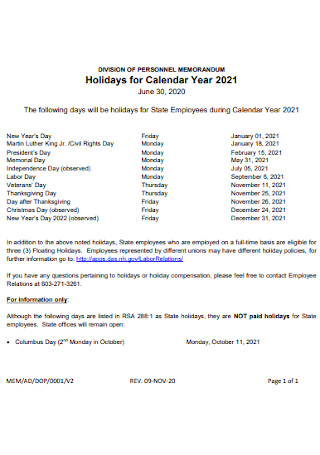
Holidays for Year Calendar
download now -
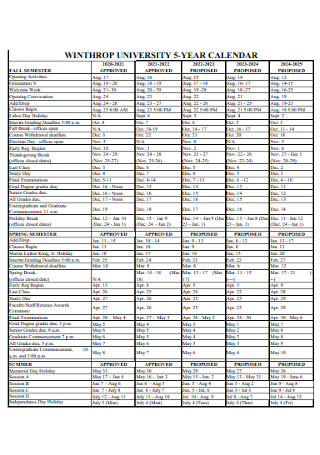
University Year Calendar
download now -
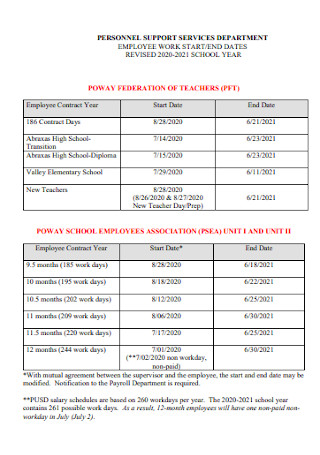
School Year Work Calendar
download now -

Year End Calendar
download now -
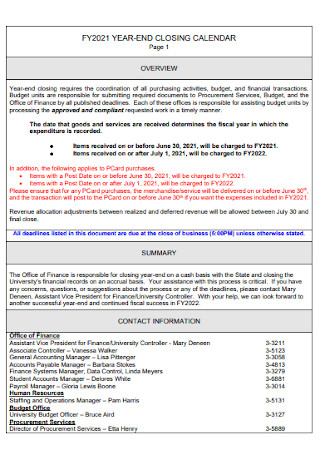
Year End Closing Calendar
download now -

District Wide School Year Calendar
download now -

Five Year Academic Calendar
download now -
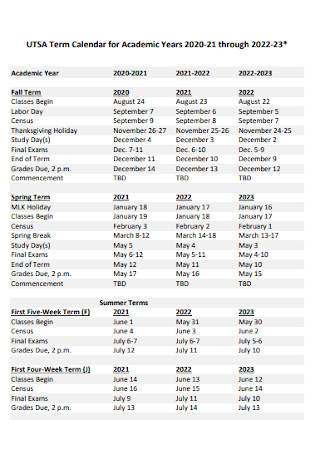
Term Calendar for Academic Years
download now -
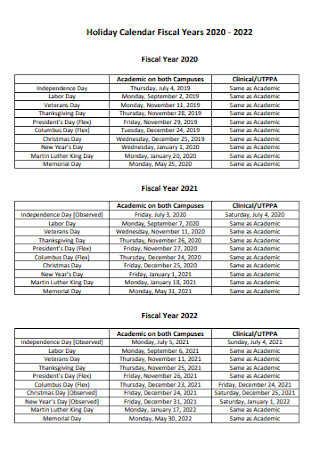
Holiday Calendar Fiscal Years
download now -
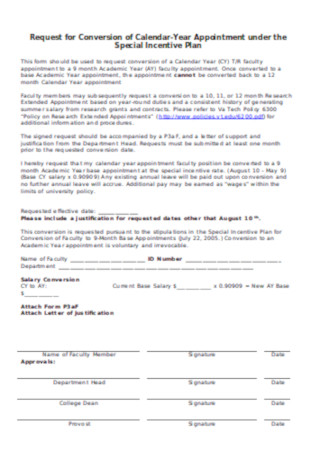
Appointment Year Calendar
download now -

Full Year Calendar
download now -
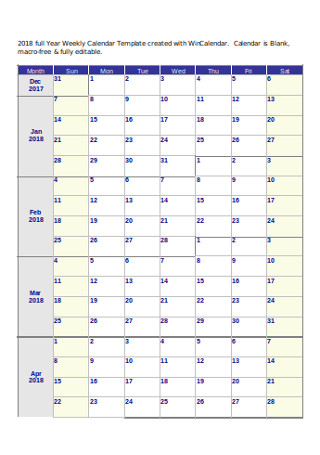
Year Weekly Calendar
download now -
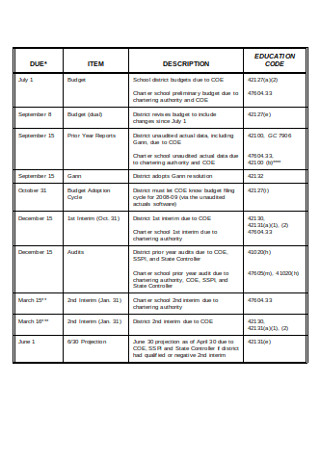
Financial Reporting Year Calendar
download now -
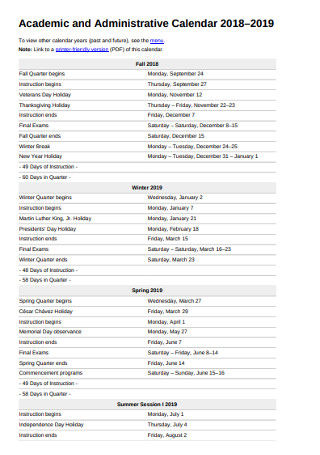
Academic and Administrative Year Calendar
download now -
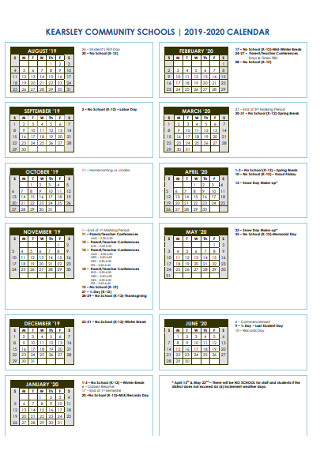
Community School Year Calendar
download now -
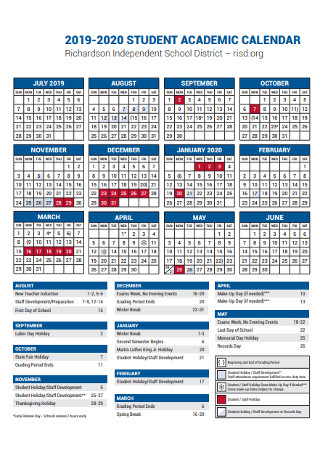
Student Academic Year Calendar
download now -
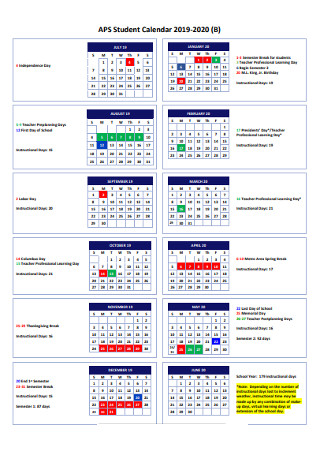
Sample Year Student Calendar
download now -
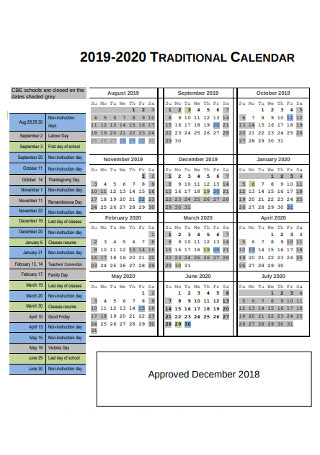
Traditional Year Calendar
download now -
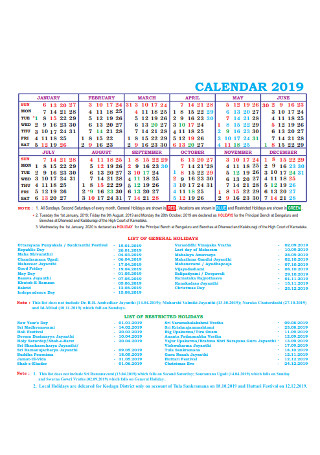
High Court Year Calendar
download now -
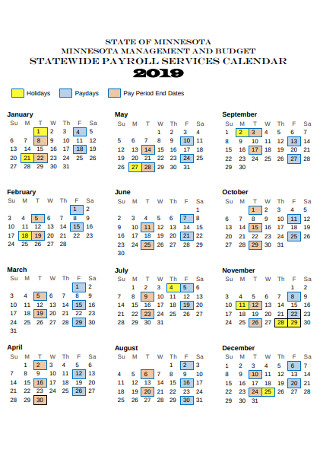
Payroll Yearly Service Calendar
download now -
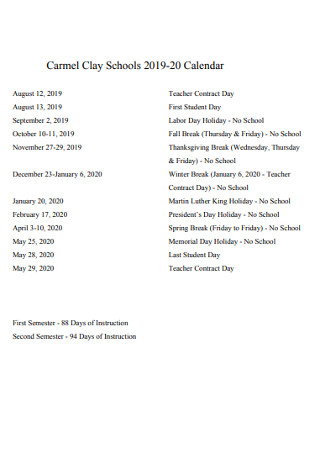
School Holiday Year Calendar
download now -

Calendar Year Holiday Schedule
download now -
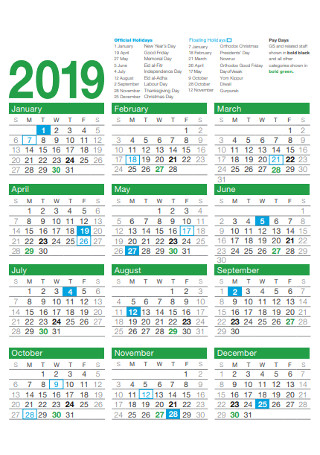
official Year Holiday Calendar
download now -
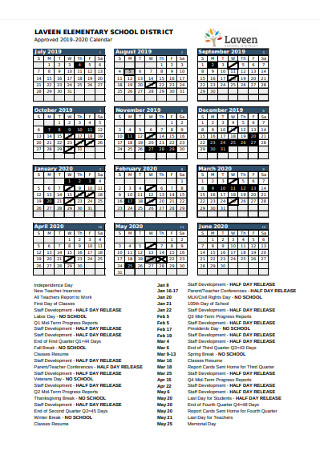
Elementary School Year Calendar
download now -
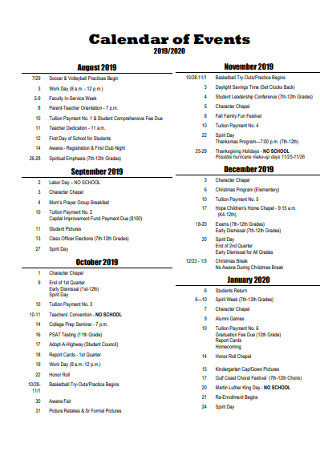
Yearly Calendar of Events
download now -

Sample Academic Year Calendar
download now -
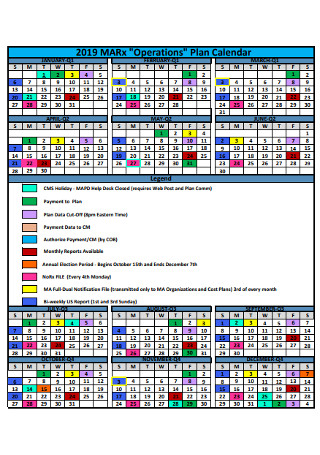
Yearly Operation Plan Calendar
download now -
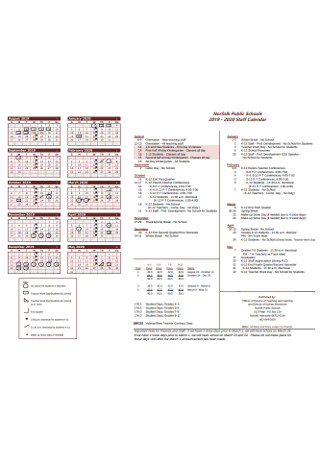
Staff Yearly Calendar
download now -
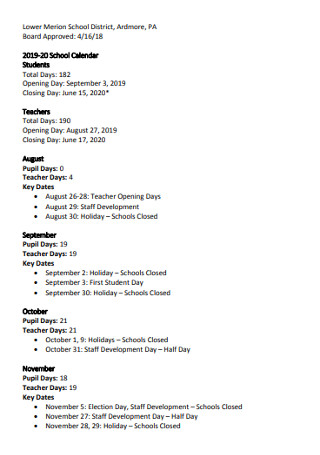
School Student Year Calendar
download now -
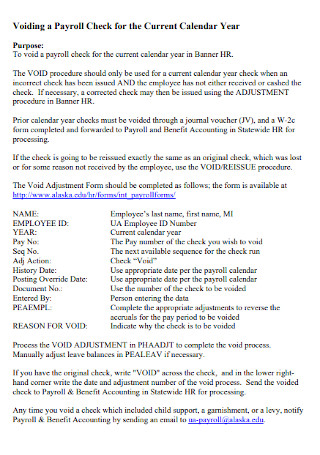
Year Payroll Check Calendar
download now -
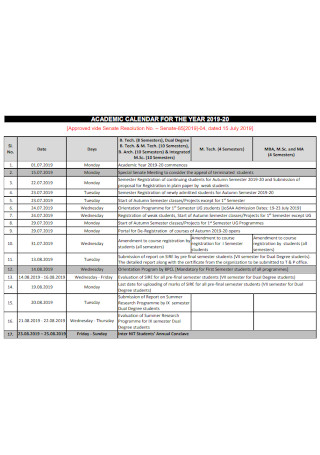
Academic Calendar of Year
download now
FREE Year Calendar s to Download
32+ Sample Year Calendars
What is a Calendar?
Different Types of Calendars Around The World
Benefits of Using a Calendar
Calendar Holidays
FAQs
What are the three major kinds of calendars?
What is an academic calendar?
What is a calendar year?
What is a leap year?
What is a fiscal year?
How do I use a calendar for scheduling?
What is a Calendar?
A calendar is a system that organizes periods of time such as years, months, weeks, and days. It is often a physical copy that is used by people to keep a record of their schedules, important dates, and life milestones such as goal accomplishments. It got its name from calendae, the first day of the month in the Roman Calendar. The calendar we use at present-day is the Gregorian Calendar. People use the calendar to keep track of their life happenings and how might they get by in their daily commitments such as work and education. Historically, it was used by ancient humans to track natural phenomena such as the weather for their agricultural livelihood, not so different from what we do today.
Different Types of Calendars Around The World
A variety of different calendars are actually utilized by different countries and religions throughout the world.
The Gregorian Calendar
The Gregorian Calendar is what we use to this day and has been adopted since October 1582. Named after Pope Gregory XIII, it originated from the Julian Calendar, which was used throughout Roman Empire and Medieval Europe. It is the international standard calendar, as it is used in most parts of the world. The standard Gregorian Calendar has the best accuracy with only a margin of error of 27 seconds per year, which is one day per 3,236 years. It was gradually accepted as the standard calendar of several countries throughout Europe until it reached the United States, Asia, and so on until it gained widespread reach as the most popular calendar system in the world.
The Ethiopian Calendar
Ethiopian Calendar – seven years behind, based on an alternate calculation of the Annunciation of the Birth of Christ or BC. Its new year falls on the Gregorian Calendar’s September 11, and 12 on a leap year. Making it pretty difficult to determine the dates and convert the hours based on the standard dates from the Gregorian Calendar. Daylight hours are rampant in Ethiopia due to being close to the equator, which is why they make use of a twelve-hour clock instead of the ante meridian (am) and post meridian (pm) timing systems.
The Hebrew or Jewish Calendar
The Jewish Calendar is a lunar calendar, which means a month begins on the day of the new moon.
The Chinese Lunar Calendar
Modern-day China has adapted the use of the world standard Gregorian Calendar, but the traditional Chinese calendar–which is a lunar calendar, still holds importance. It has twelve months of twenty-nine or thirty days that begin during the new moon cycle. It is used to determine important holidays such as China’s Lantern Festival. It also holds relevance in picking favorable dates for important events such as weddings, opening up a business, and funerals.
The Islamic, Muslim, or Hijr? Calendar
The Persian or Solar Hijiri Calendar
The Persian or Solar Hijiri Calendar is officially used in both Afghanistan and Iran. It is a solar calendar that has years beginning at midnight of the vernal equinox of Iran. It has been named one of the world’s most accurate calendar systems. Similar to the Islamic calendar, it dates back to Muhammad’s Hegira in 622 CE or Common Era. It is a twelve-month calendar with its first six months having thirty-one days, the next five months having thirty days, and Esfand, or its last month, alternating between twenty-nine or thirty days on a leap year. The leap years of the Persian calendar are determined by the number of days between two vernal equinoxes.
Benefits of Using a Calendar
Portable
You can bring them anywhere, to school, to your meeting, an interview, and so on. Calendars can be pocket-sized, printed on the pages of a planner,
On Schedule
We get to our appointments and carry out our responsibilities with the help of a calendar. Students are well-aware of how important their class schedules are; and have even memorized the exact times and days of seven or more subjects of their class schedules. Without the help of a tracking system such as the calendar, we wouldn’t be aware of days, let alone months and years.
Interactive
Just as it is portable and gives our days structure, it is a helpful tool that helps us plan our days. After listing down your goals for the year or the month, you can plot them on their respective dates on your functional calendar. This gives more motivation to take the path towards your goals. The use of stickers, post-it notes, and perhaps motivational quotes would help even more.
These are some things you can include in your calendar:
- Medical check-ups, dentist appointments
- Grocery shopping days
- Events you were invited to such as weddings, birthdays, baptisms
- Work meetings
- Goal milestones
- Work deadlines
Organize your plans
A calendar, essentially, is a system of dates. It can also be utilized to structure your accomplishments and goals. You can spread them out in the calendar yearly, monthly, weekly, or by day. Physical organizational tools and trackers such as planners and journals that we use to set up our schedules often have calendars included. This helps to help visualize how your year will go.
Marketing Tool
Don’t fret, this 12-month yearly calendar is also a—Marketing tool. As mentioned earlier, so many businesses include calendars in their promotional freebies; and after it’s stuck at the back of your door, or right by you in the kitchen when you’re cooking, what do you see? A calendar given to you by your favorite bookstore. It’s an interesting–for its and intelligent– for its convenience marketing freebie. Calendars are free advertising. This is why companies seek to brand regular items such as ballpens, towels, caps—because they’re all within eyesight, and potentially exposure to other people. Yearly calendar, Yearly marketing
Calendar Holidays
Before sorting out your priorities and creating a structure for your 2021 Calendar, you would want to know which days of the year already have fixed events or holidays. As well all know, Christmas is on December 25, while you may not want to arrange a completely different project or event on this day, you might want to use it as a gauge or a deadline for you to meet your goal. So instead, you can plot your desired goal such as achieving a certain amount of money or maybe the day your diet stops, right alongside Christmas. These are a few of the most important yearly holidays celebrated around the world, which are pre-stated on your Calendar.
- New Year’s Day – January 1
- Chinese New Year – February 12
- Valentines Day – February 14
- Mother’s Day – March 14-21?
- Easter – April 4
- Eid Al-Fitr – May 12-13
- Father’s Day – June 20
- Eid al-Adha – July 19-23
- Halloween – October 31
- Christmas Day – December 25
- New Year’s Eve – December 31
FAQs
What are the three major kinds of calendars?
There are solar, lunar, and lunisolar calendars. The one we currently use, the Gregorian Calendar, is a solar calendar–which used to be a lunar calendar. A lunar calendar has 12 months with each month beginning with the new moon. This calendar is used to decide the dates of Easter and the Islamic calendar.
What is an academic calendar?
An academic calendar is a schedule of the events that happen within an academic year. You will know when classes begin and end, when each semester ends, sports fests, and when exams are on the way. It lets parents and students evaluate how they can pattern their lives around the structure of the academic events, making it easier for them to cope or adjust earlier on.
What is a calendar year?
A calendar year is a one-year period that begins on January 1 and ends on December 31, based on the Gregorian calendar that we use. It is also called the civil year that contains a full 365 or 366 days if it is a leap year.
What is a leap year?
Mathematical rules dictate when leap years fall in the Gregorian Calendar.
What is a fiscal year?
A fiscal year is a consecutive twelve-month or fifty-two-week period chosen as an organization’s annual accounting period. It runs a period of a year when their taxes are calculated. Financial statements such as the balance sheet, income statement, statement of cash flows, statement of equity are surrendered. This is used to keep track of their budget and account keeping. Some companies choose to report their taxes based on the calendar year while others choose a different start and end date for their fiscal year.
How do I use a calendar for scheduling?
List down the goals that you wish to accomplish within the year. You want to make sure that they don’t coincide with your other commitments, so viewing your calendar can prevent errors in Task Planning/Management. If you want to find a way how you can categorize your tasks according to their importance, there is a handy Project Management tool called the PICK Chart. It’s as simple as organizing your tasks into their importance by determining the task’s level of impact–simply answering the question, how will this benefit me? And the level of difficulty of the task–is it easy to do or difficult with a lot of blocks?
The calendar has become a usual part of our lives, which is why we have become accustomed to it. We don’t even realize that it is a tool and isn’t actually part of natural phenomena such as the seasons, the sky, and time–it is just used to track where we are in regards to all of those. But as we structure our schedules and time around the day-dictating system, we barely grasp how our perception of time has changed. Calendars make navigating through life easier as we have a proper system on which to base our days. Getting organized with a year calendar is much more efficient than relying on the stars to dictate your future.
